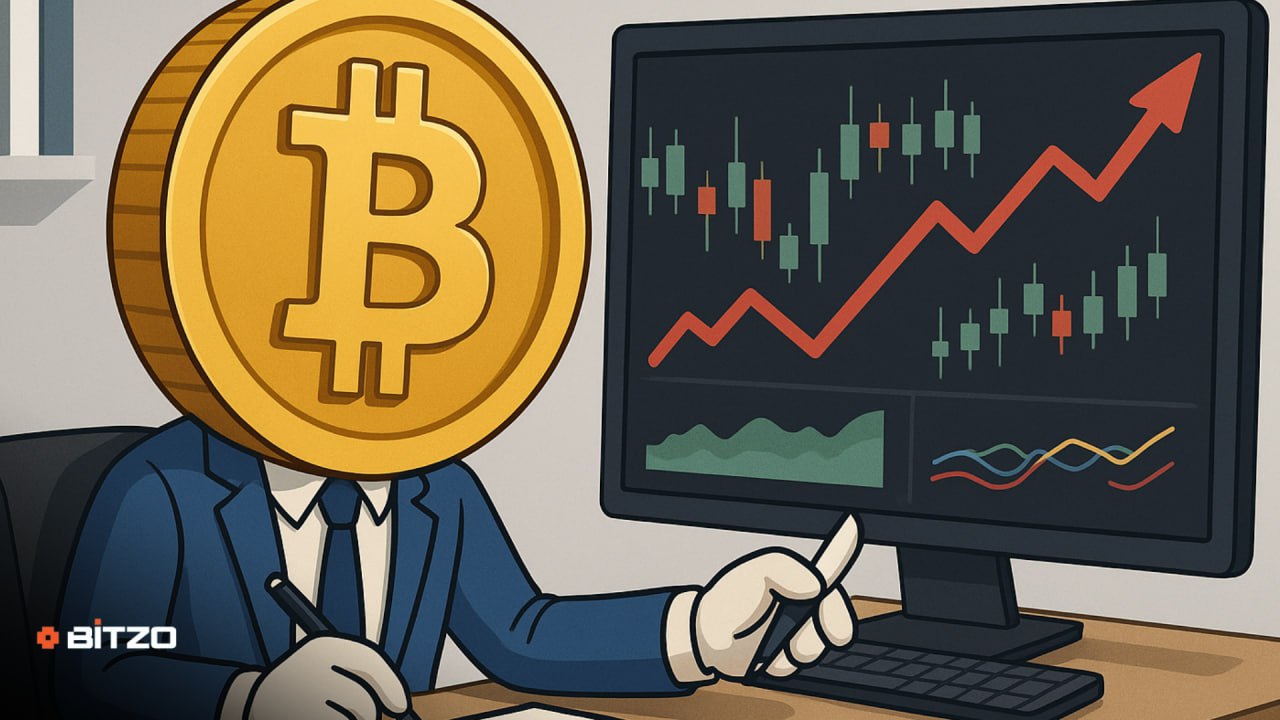Table of Contents
- Deciphering Automated Market Makers: The Next Step in Decentralized Finance
- Defining Automated Market Makers
- How AMMs Operate
- Liquidity Pools and Their Contributors
- Token Swaps and Price Deviations
- Benefits of Automated Market Makers
- Challenges Associated with Automated Market Makers
- The Influence of AMMs on DeFi’s Future
- Adoption of Layer 2 Scaling Mechanisms
- Enhancing Cross-Chain Integration
- Innovative AMM Models
- Decentralized Governance and Community Participation
- Emerging Features and Innovations in AMMs
- Flash Loans
- NFT Integration
- Privacy-Focused AMMs
- Insurance and Risk Mitigation
- Strategies for Safely and Effectively Utilizing AMMs
- Summary
- Common Questions About Automated Market Makers







.png)

